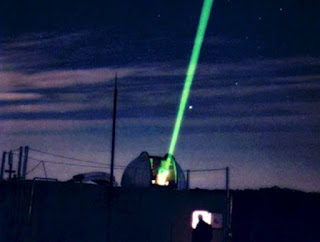NeoTraditional Urbanism
NeoTraditional Urbanism
Ellin, N 1999, ‘Neotraditional urbanism or the new urbanism’, in Postmodern urbanism, rev edn, Princeton Architectural Press, N.Y., pp.93-113
The Reading this week talks about the different planning systems, varying from historicism and the re-creation of historical towns, to the creation of tyrannical planning regulations used in places such as Seaside. The effort has not been in recreating simple copies of the various typologies set forth throughout history; rather it has been to create slightly modified copies. Although it is commented in the reading that it is the messiness that postmodernism wants to recreate and sometimes what they allude to is neigh on impossible to see, there is no mistaking much of their blatant examples of monumentalising elements from the past to create a shouting match of architecture and planning, rather than a debated dialogue
The reading also goes in to discuss how some people who have no real architectural background are the instigators and contributors of these projects. That urban design as a creation by the architectural community supersedes town planning and others that are regulating the design philosophies. Icons such as Prince Charles feel then that they can come out and play in architecture, to create a better style, or resuscitate a dead one.
Irrelevant of what post modern propaganda that is fed to the public, or disputed by the architecturally educated, there is no escaping the general popularity of the homogenous cottage village. If these places were not wanted then they would not exist, exemplified by the continued creation of the local mall, expanding city borders, planning rules such as rescode that make the creation of a more neomodern contemporary building almost impossible.
Ellin, N 1999, ‘Neotraditional urbanism or the new urbanism’, in Postmodern urbanism, rev edn, Princeton Architectural Press, N.Y., pp.93-113
The Reading this week talks about the different planning systems, varying from historicism and the re-creation of historical towns, to the creation of tyrannical planning regulations used in places such as Seaside. The effort has not been in recreating simple copies of the various typologies set forth throughout history; rather it has been to create slightly modified copies. Although it is commented in the reading that it is the messiness that postmodernism wants to recreate and sometimes what they allude to is neigh on impossible to see, there is no mistaking much of their blatant examples of monumentalising elements from the past to create a shouting match of architecture and planning, rather than a debated dialogue
The reading also goes in to discuss how some people who have no real architectural background are the instigators and contributors of these projects. That urban design as a creation by the architectural community supersedes town planning and others that are regulating the design philosophies. Icons such as Prince Charles feel then that they can come out and play in architecture, to create a better style, or resuscitate a dead one.
Irrelevant of what post modern propaganda that is fed to the public, or disputed by the architecturally educated, there is no escaping the general popularity of the homogenous cottage village. If these places were not wanted then they would not exist, exemplified by the continued creation of the local mall, expanding city borders, planning rules such as rescode that make the creation of a more neomodern contemporary building almost impossible.



Comments
Post a Comment